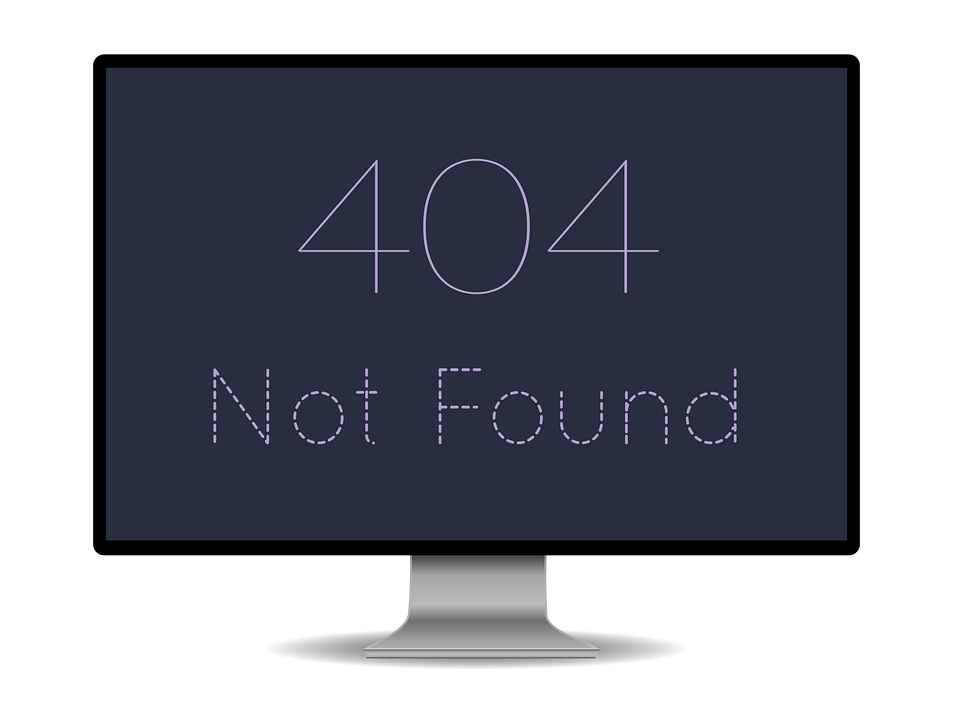
Search engine optimization encompasses many areas of a website, although most SEO professionals tend to focus on some more than others. HTTP status codes are an excellent example of an SEO element that most web developers & designers tend to overlook or just don’t give it as much attention as it should. In addition to understanding the fundamentals of HTML, you also need to understand HTTP status codes and how each of them affects your site’s ranking on SERPS.
For starters, having an SEO audit of your site once in a while goes a long way in ensuring that you are headed in the right direction. This ultimately leads to a better user experience for your website and can enhance your visibility online. How often you ought to do the audit depends on how often you upload content to your site. If you operate an extremely busy site where you are publishing a lot of content on a daily basis, weekly and monthly audits will become a necessity. Here is the best way to identify if there are any errors on your website and have them fixed as fast as possible.
Status Code Errors & What They Mean to You
HTTP status code 100
HTTP status code 100 occurs when a site server has received a request from the user’s browser, and is thus on standby for more instructions.
Status code 102
Status code 102 is used to prevent a time-out if the server is taking too long to process information on a page.
HTTP status code 200
If you see HTTP status code 200, it means your page is functioning efficiently and user browsers as well as search engines can access it with ease. Status code 200 is sent when the data requested by the client is available and can be sent by the server to the user`s browser.
Status code 301
Status code 301 is the permanent redirect status code. It means that anyone trying to access that page will be redirected to a new URL because the previous page no longer exists. 301 status codes are vital in SEO, since they ensure that content is not duplicated.
Status code 302
Status code 302 indicates a temporary redirect, meaning that the requested page has been temporarily moved to another address. The 302 status code is not recommended for any permanent changes, because bots will continue searching via the original URL.
Which Status Code Error are You Most Likely to Encounter?
Status code 404
Status code 404 is the most common error code seen on the web, and it reveals that the requested URL or page no longer exists. Arriving at a 404 page is like traveling to a destination that does not exist. 404 error codes are irritating for your audience because visitors will not find the resource they were looking for on your page; they’re detrimental to you because they will have a negative impact on your site’s bounce rate.
Factors that may cause a 404 error:
- The URL, image, or file in question was moved to another location but the alteration of the internal links was not done correctly.
- The visitor missed some details while typing the URL.
- The visitor followed a dead link.
This is how to resolve a 404 error:
Having a lot of 404 errors on your website is highly detrimental because it is a sign that the site maintained inadequately. You will risk being penalized and your pages ranked very low on SERPS because they are not friendly to both visitors and bots. It is thus important to resolve such errors immediately, once you`re notified of their existence.
To avoid having too many pages returning a 404 error code, you can use tools such as Google Search Console to check the status of your pages. It helps you to not only identify pages with 404 errors on your site; but also to easily rectify such pages.
Another great way to rectify 404 status codes is to employ a 301 redirect on such pages. However, don’t just redirect users to the homepage or any random page; it is essential to redirect them to the most relevant page based on the information they were after. For instance, if you operate an e-commerce store and there is a 404 code error on the kitchenware page, you can’t just redirect your visitors to the electronics page.
One of the best SEO strategies is to optimize the error page in a way that users will be prompted to stay on your site. Redirect them to other relevant pages, so you don’t have to lose any traffic; this will also reduce the bounce rate on your site. Resolving 404 errors is one of the many ways UX can enhance your SEO.
HTTP status code 410
It is the type of error that should notify users that the page they are looking for has been removed from the server altogether. If you have any pages on your site that link back or redirect to a page that has a 410 error, make sure you remove the links because you`ll be leading your site visitors to a ‘ghost page.’
Status code 500
Comparable to a 502 bad gateway code, the status code 500 notes an internal server error, and thus the pages that the client was looking for cannot be accessed. Too many status code 500 errors is a sign that your site is not properly maintained and may result in a penalty from search engines.
Status code 503
Status code 503 depicts that the server is temporarily unavailable. Various circumstances can prompt a 503 error, the most common ones being site maintenance or a temporary overload on the server. This type of error ensures that users and bots are notified that the site will not be down for long.

Comments: